#Physica Curiosa
Photo

🧜♀️ P. Gasparis Schotti, regis curtani . . Physica curiosa, sive, Mirabilia naturæ et artis libris XII. comprehensa: . Herbipoli: Sumptibus Johannis Andreæ Endteri & Wolfgangi Jun. hæredum, excudebat Jobus Hertz . ., 1662.
25 notes
·
View notes
Text

"The winged sphere (aurum aurae) as the end-product of the opus, and its reflection in the fountain of life. Symbolic representation of the opus with attributes (trees, planetary mountains, etc.)"
- C. G. Jung Collected Works Volume 12 Psychology And Alchemy
[Miscellanea curiosa medico-physica Academiae Naturae Curiosorum sive Ephemeridum medico-physicarum Germanicarum annus], anonymous
c. 1676
#esoteric#consciousness#awaken#metaphysical#occult#masonic#freemason#freemasonry#mason#rosicrucian#ancientegypt#rosecross#alchemy#magic#alchemist#art#magick#magical#spiritual
35 notes
·
View notes
Photo
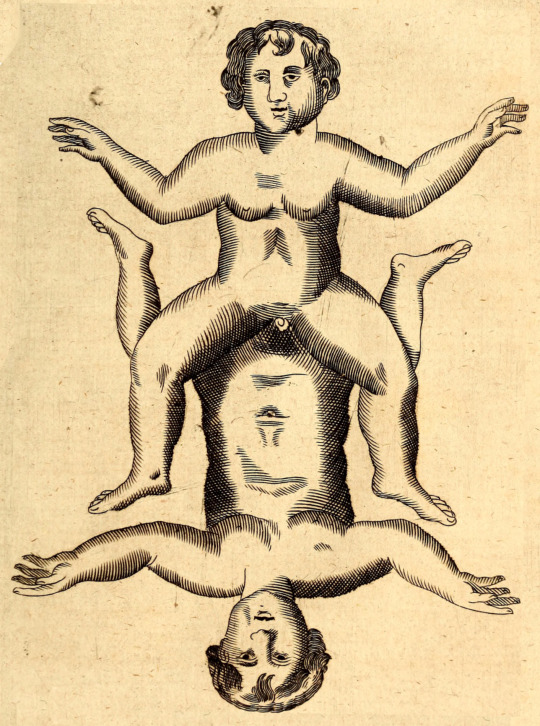
?
P. Gasparis Schotti, regis curtani Physica curiosa, sive, Mirabilia naturæ et artis libris XII. comprehensa - quibus pleraq(ue), quæ de angelis, dæmonibus, hominibus, spectris, energumenis, monstris
source
13 notes
·
View notes
Text
Two huge Books by Gaspar Schott
Physica Curiosa, Sive Mirabilia Naturæ Et Artis Libris XII. Comprehensa, Quibus pleraq;, quæ de Angelis, Dæmonibus, Hominibus, Spectris, Energumenis, Monstris, Portentis, Animalibus, Meteoris.
and Technica curiosa, sive Mirabilia artis, libris XII
“Gaspar Schott, German physicist, born 5 February, 1608, at Konigshofen; died 12 or 22 May, 1666, at Augsburg. He entered the Society of Jesus 20…
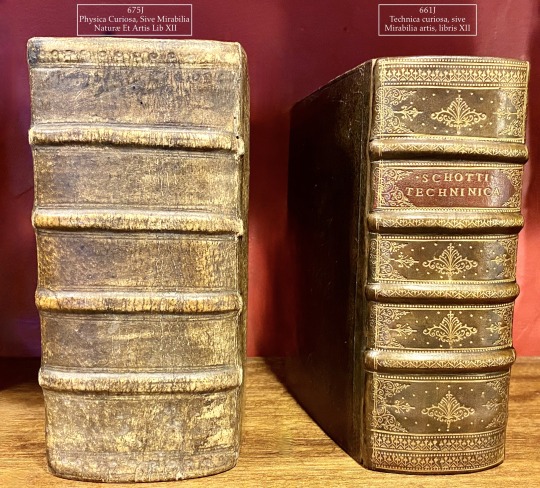
View On WordPress
#Artificial Magic#Centaur#Dragons#early printed books#Jesuit#Jesuit Science#Kircher#mechanics#Monstrous births Imaginary beings#Natural history#Otto Van Guericke#Pneumatics#Vaccume
2 notes
·
View notes
Text

P. Gasparis Schotti, regis curtani ... Physica curiosa, sive, Mirabilia naturæ et artis libris
An exceptional example of the “monsters” proliferated during the 17th century can be found in Gaspar Schott’s Physica Curiosa. Schott (1608-1666), a German scientist and Jesuit, specialized in the fields of physics, mathematics, and natural philosophy.
#physica curiosa#monsters#illustration#17th century#gaspar schott#p. gasparis schotti#art#mirabilia naturæ#monstrum#monstrum tricepts#monstrum draconis#dragon monster#three headed monster#three heads#cryptidcore#cryptid#cryptids#anthropomorfic#anthropomorphic#anthropomorph
14 notes
·
View notes
Photo




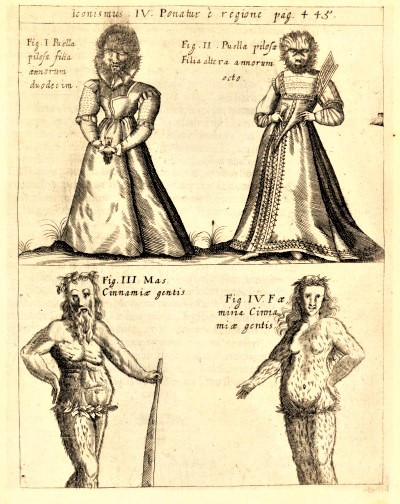



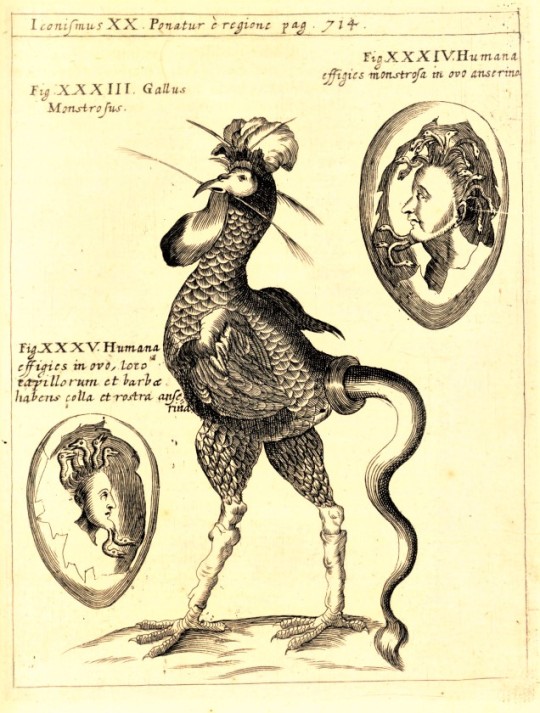

Science Saturday / Halloween Crossover
Halloween falls on a Saturday this year, and what better way to celebrate than to look at a “scientific” work about monsters, Gaspar Schott’s Physica Curiosa!
Gaspar Schott was 17th-century German Jesuit scientist whose compilations, “experiments,” and deep interest in magic occasionally led to some pretty dodgy publications of his own – much to the delight of his 21st-century readers! Such is the case with his Physica Curiosa (almost-full title below), published in Würzburg (Herbipolis) in 1662.
This two-volume set explores the physical curiosities of the known and unknown worlds, mixing (as the extended title suggests) observed fauna, flora, and astronomical phenomena with fabulous beasts, monsters, angels, demons, specters, and portents.
P. Gasparis Schotti ... Physica curiosa, sive Mirabilia naturæ et artis libris XII. comprehensa; quibus pleraque, quæ de angelis, dæmonibus, hominibus, spectris, energumensis, monstris, portentis, animalibus, meteoris, &c. rara, arcana, curiosaq́ue circumferuntur, ad veritatis trutinam expenduntur, variis ex historia ac philosophia petitis disquisitionibus excutiuntur, & innumeris exemplis illustrantur ...
You can browse a digital copy of Physica Curiosa online through the Internet Archive! Which seems like a great Halloween activity. There is also a full moon tonight! SPOOKY!
HAPPY HALLOWEEN!
View our other posts about Physica Curiosa.
View other Halloweeny-like posts.
View more Science Saturday posts.
-- Sarah, Special Collections Graduate Intern
#Science Saturday#Gaspar Schott#Physica Curiosa#scientific illustration#monsters#engravings#copperplate#etchings#science#naturalist#natural history#natural philosophy#17th century#early science#history of science#Halloween#holidays#spooky#pagefrights#Sarah#Sarah Finn
263 notes
·
View notes
Text
Physica Curiosa
-- by Jesuit Father Gaspar Schott
-- published in 1662
-- inaccurate travel report
-- about abnormal births, strange animals, and fabulous humanoid creatures in faraway places
-- very distorted accounts
-- examples
-- boy with head of an elephant, accompanied by a horned infant
-- winged bird-centaur with human head
-- three-headed monster with heads of a fox, dragon, and eagle
-- people in Europe genuinely believed it
-- viewed these cultures as barbarian
-- anthropology developed to further research these claims
Patreon | Ko-fi
#studyblr#notes#biology#biology notes#anthropology#anthropology notes#physica curiosa#gaspar schott#1600s#history#history notes#world history#world history notes#european history#european history notes#europe
1 note
·
View note
Photo
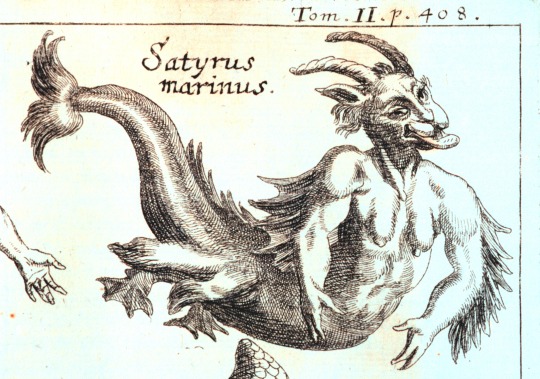
Satyrus marinus, or the marine satyr [17th century Europe]
Supposedly, a strange aquatic creature was spotted on the coast of Sibenik, a city in Illyria, which is a historical region in what is now the western Balkans (Sibenik is now a city in Croatia). The being was slightly humanoid and had two legs, each of which ended in a fish-like tail. From these tails, a wing-like membrane sprouted that ran up all the way to the creature’s arms and was compared with the wings of a bat. Although presumably, they were fins meant for swimming rather than flying. The creature had two arms, each of which ended in a hand with two fingers.
Its head resembled that of a human, but it was adorned with two small horns. The being’s skin resembled that of an eel. It was attempting to drag a boy into the sea, but it was seen by locals before it could accomplish this. The people banded together and the mob beat the creature with clubs and stones before dragging it onto dry land. It is unknown what became of the mysterious creature.
You have probably noticed that the accompanying image only barely matches the description. In fact, I believe it was added as an illustration of a general humanoid sea monster and it might have been a coincidence that it matched the description of the creature from Sibenik, because the monster from the text is never explicitly referred to as “Satyrus marinus”. The image appeared in Schott’s Physica Curiosa, a book that predated Zahn’s work by 30 years. The Satyrus marinus is mentioned here, but only briefly, and no details are given on the creature. Both authors reproduced the image from the 1642 Monstrorum Historia.
I was overjoyed to find that the Monstrorum historia does contain a passage on the marine satyr, after the other authors seemed to have no information on this enigmatic creature at all. I might be making a translation error here, since I’m not exactly fluent in Latin, but if I understand it correctly, Aldrovandus claimed that the term ‘triton’ (which originally referred to a singular character from Greek mythology, but the name was later used to refer to merpeople in general) is used as an all-encompassing term for marine human-like creatures that includes the satyrs.
Aldrovandus wrote that these aquatic satyrs were commonly assumed to be non-existent by scholars and that sightings of these creatures were actually of diving swimmers and fishermen. However, he also highlighted that there are several learned authors who believe that “marine satyrs” do exist in the sea. Supposedly, these creatures lived in the seas surrounding Sri Lanka – which was known as Taprobana by the ancient Greeks and referred to as such by Aldrovandus – where they inhabited the tropical waters. But the marine satyrs – or similar creatures – were supposedly also spotted in the Nile delta in Egypt. A group of men supposedly saw a pair of these beings emerging from the water: one of them was bearded and male, while the other had no facial hair and was assumed to be female. They received the appellation of “Nile monsters”.
There is also a claim that the local people of Dalmatia – which is part of Croatia – used to capture and kill these creatures (or similar creatures) to take their skin, as their eel-like skin was very strong and could be used to fashion shoes that would last over 15 years. There are probably some ethical complications there, but the shoes were of a high quality.
Sources:
Zahn, J., 1696, Specula physico-mathematico-historica notabilium ac mirabilium sciendorum: in qua mundi mirabilis oeconomia, nec non mirificè amplus, et magnificus ejusdem abditè reconditus, nunc autem ad lucem protractus, ac ad varias perfacili method acquirendas scientias in epitomen collectus thesaurus curiosis omnibus cosmosophis inspectandus proponitur.
Schott, G. P., 1662, Physica curiosa, sive mirabilia naturae et artis libris XIII. Which you can read here.
Aldrovandus, U., 1642, Monstrorum historia cum paralipomenis historiae omnium animalium, which you can read here.
(image source: Specula physico-mathematico-historica notabilium ac mirabilium sciendorum, Johann Zahn, 1696. Image taken from Wikipedia, as it’s a much higher quality than the scanned copy of the book which is available to me)
#mythical creatures#miscellaneous#mythology#cryptids#cryptozoology#medieval#well not actually medieval#aquatic#monsters#creatures
66 notes
·
View notes
Photo
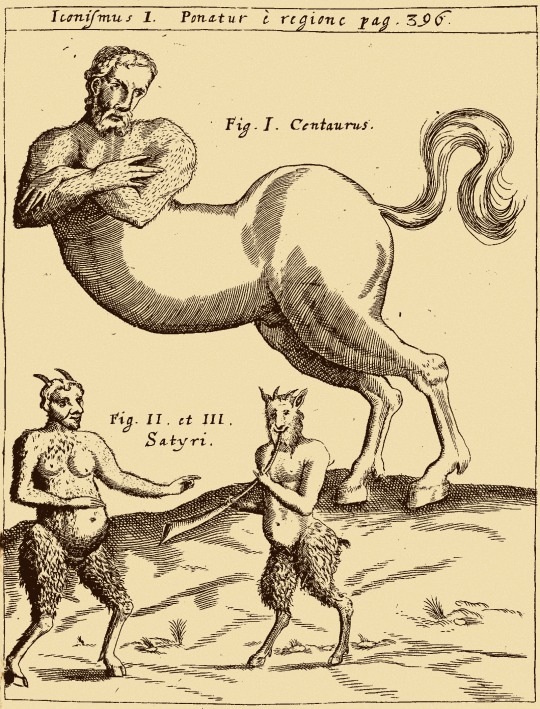
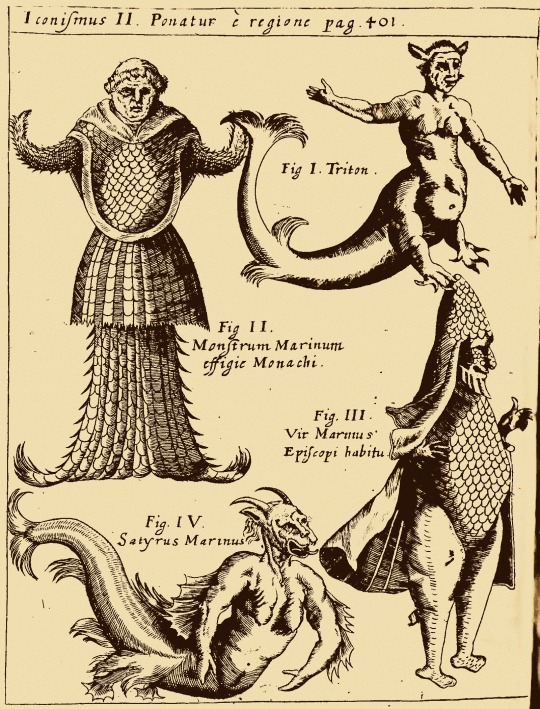
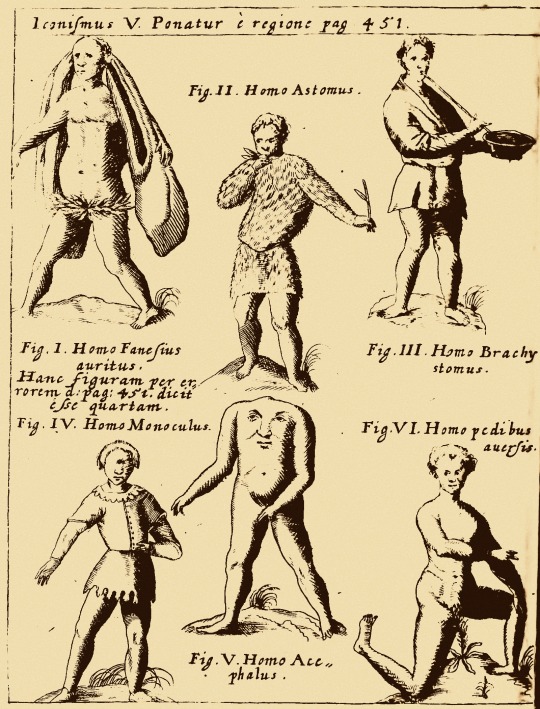
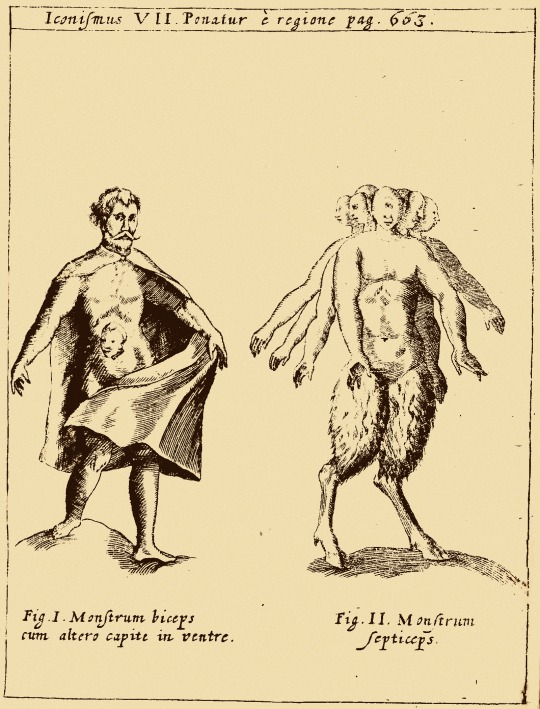

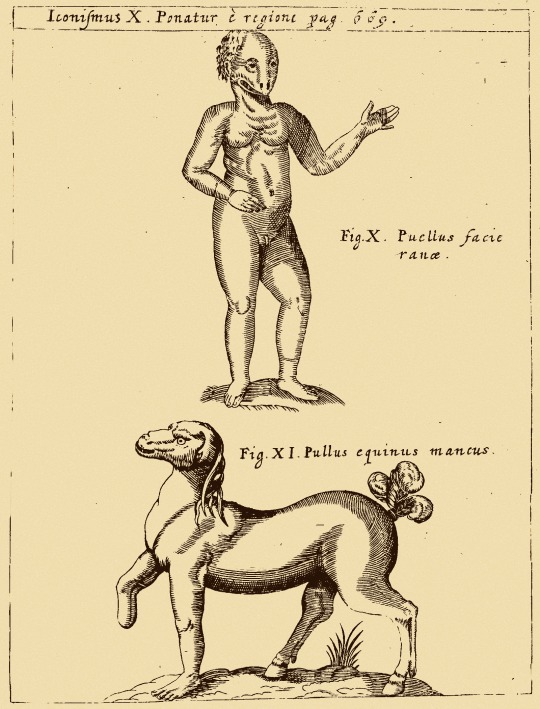
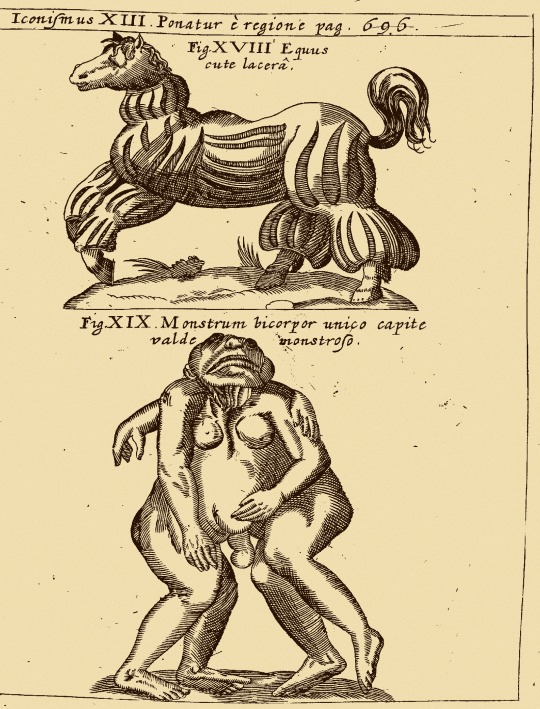
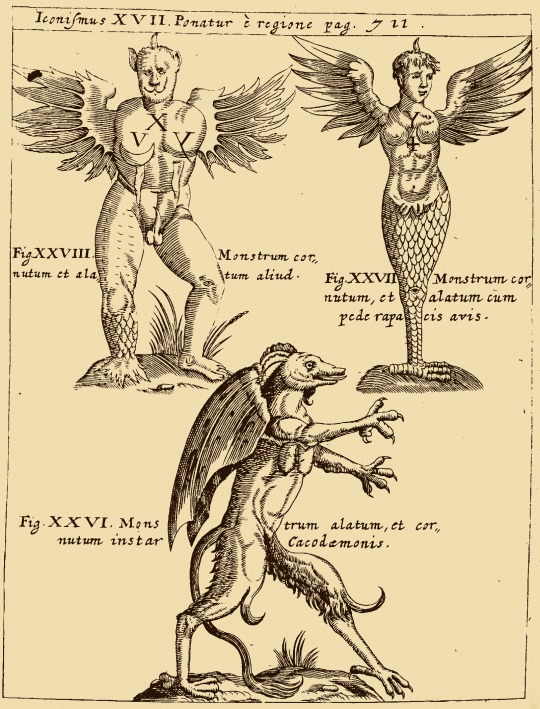
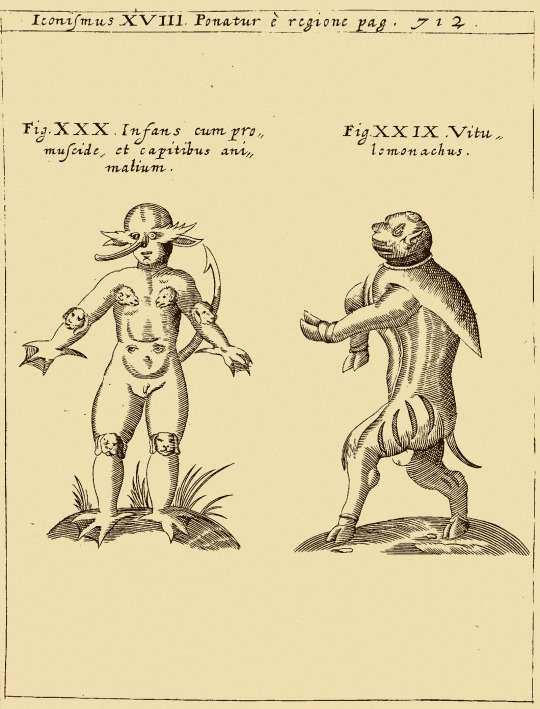

Selected illustrations from Gaspar Schott’s Physica Curiosa. (1662)
316 notes
·
View notes
Photo

🧜♀️ P. Gasparis Schotti, regis curtani . . Physica curiosa, sive, Mirabilia naturæ et artis libris XII. comprehensa: . Herbipoli: Sumptibus Johannis Andreæ Endteri & Wolfgangi Jun. hæredum, excudebat Jobus Hertz . ., 1662.
19 notes
·
View notes
Text
I just finished reading a book about the history of alchemy, and decided to take a look at Barks’ “Fabulous Philosophers’ Stone” to see how much research he did. It turns out: some!

Physica et Mystica (originally Greek Physika kai Mystika) is the title of the oldest surviving alchemical text, written around 100-200 AD. Bibliotheca Chemica Curiosa is a collection of alchemical texts published in 1702.

A popular theory among alchemists was that all metals are formed from a combination of mercury and sulfur in different proportions, and that by adjusting the proportions you could change one metal into another.

Ostanes was a probably-mythical figure to whom various pseudonymous magical texts were attributed; among other things, he was supposed to have been a master alchemist and the teacher of the guy who wrote Physika kai Mystika.
Like in a lot of modern depictions, however, Barks’ philosophers’ stone merely needs to be touched to metal objects to turn them to gold; whereas the actual ancient alchemists saw it as a substance that needed to be mixed with molten metals to create gold.
68 notes
·
View notes
Text





P. Gasparis Schotti, regis curtani ... Physica curiosa, sive, Mirabilia naturæ et artis libris XII
c. 1662
9 notes
·
View notes
Text

P. Gasparis Schotti. Physica Curiosa, Sive Mirabilia Naturæ et Artis Libris. Herbapoli (Wurzburg) : J. A. Endeteri & Wolfgangi, 1667. Page 399, Plate 5.
2 notes
·
View notes
Text
Two huge Books by Gaspar Schott
Physica Curiosa, Sive Mirabilia Naturæ Et Artis Libris XII. Comprehensa, Quibus pleraq;, quæ de Angelis, Dæmonibus, Hominibus, Spectris, Energumenis, Monstris, Portentis, Animalibus, Meteoris.
and Technica curiosa, sive Mirabilia artis, libris XII
“Gaspar Schott, German physicist, born 5 February, 1608, at Konigshofen; died 12 or 22 May, 1666, at Augsburg. He entered the Society of Jesus 20…

View On WordPress
#Artificial Magic#Centaur#Dragons#early printed books#Jesuit#Jesuit Science#Kircher#mechanics#Monstrous births Imaginary beings#Natural history#Otto Van Guericke#Pneumatics#Vaccume
0 notes
Photo

22nd May 1666, death of German Jesuit and natural philosopher Gaspar Schott. His 1662 book ‘Physica Curiosa’ is a compendium of engravings and stories based upon monsters and bizarre animals considered at the time to exist, and also physical abnormalities and deformities. Although dating from the medieval period, the persistence of fabled creatures in the imagination continued, as we shall see. 23rd May 1707, birth of Swedish botanist, zoologist, and physician Carl Linnaeus, the "father of modern taxonomy" for his formulation of the system of naming organisms. Studying plants and animals, he published Systema Naturae in 1735, which outlined his ideas for the hierarchical classification of the natural world, dividing it into the animal kingdom, the plant kingdom, and the "mineral kingdom". Also included are dragons, the phoenix, sirens, and the manticore, as well as frogs that revert back to tadpoles, and a plant whose fruit is in the form of sheep. Such was the persistence of the existence of these mythological creature that they were included in Linnaeus' Systema Naturae until the sixth edition. In 1735, Linnaeus travelled to the Dutch republic to study medicine, stopping at Hamburg he was invited by the Mayor to see the town’s natural wonder, the remains of a seven-headed hydra, which the local monks claimed to be the Beast of Revelation. The town was in the process of auctioning off the beast for an enormous sum, Linnaeus was eager to see the fabled creature, and subsequently disappointed when he saw that it was the size of a dog, and had been stitched together from the remains of a snake and a weasel Publicly declaring the creature to be a fake, (continued in the comments) #fabled #cryptid #cryptidcore #cryptids #cryptidart #cryptidartist #cryptidsighting #cryptidaesthetic #medievalbeasts #carllinnaeus #historyofscience #strangehistory #bizarre #bizarrehistory #strangetales #weirdhistory #monstersamongus #zoology #zoologist #curiositycabinet #taxonomy #gothictales #cryptidcreatures #strangecreatures #hydra #manticore #hamburggermany #mythologyart #mythologymemes #mythologicalcreatures https://www.instagram.com/p/CPQwGfMnDt4/?utm_medium=tumblr
#fabled#cryptid#cryptidcore#cryptids#cryptidart#cryptidartist#cryptidsighting#cryptidaesthetic#medievalbeasts#carllinnaeus#historyofscience#strangehistory#bizarre#bizarrehistory#strangetales#weirdhistory#monstersamongus#zoology#zoologist#curiositycabinet#taxonomy#gothictales#cryptidcreatures#strangecreatures#hydra#manticore#hamburggermany#mythologyart#mythologymemes#mythologicalcreatures
5 notes
·
View notes
Photo








A Gaspar Schott #Feathursday
Gaspar Schott was 17th-century German Jesuit scientist whose compilations, “experiments,” and deep interest in magic occasionally led to some pretty dodgy publications of his own -- much to the delight of his 21st-century readers! Such is the case with his Physica Curiosa (almost-full title below), published in Würzburg (Herbipolis) in 1662.
This two-volume set, which we blogged about two years ago, explores the physical curiosities of the known and unknown worlds, mixing (as the extended title suggests) observed fauna, flora, and astronomical phenomena with fabulous beasts, monsters, angels, demons, specters, and portents. It’s pretty delicious. The Biodiversity Heritage Library put together a nice article on this publication in a 2013 issue of their online newsletter.
For Feathursday, we present some of the more feathery copper-plate etchings in the Curiosa, both real (sort of) and fantastic.
P. Gasparis Schotti ... Physica curiosa, sive Mirabilia naturæ et artis libris XII. comprehensa; quibus pleraque, quæ de angelis, dæmonibus, hominibus, spectris, energumensis, monstris, portentis, animalibus, meteoris, &c. rara, arcana, curiosaq́ue circumferuntur, ad veritatis trutinam expenduntur, variis ex historia ac philosophia petitis disquisitionibus excutiuntur, & innumeris exemplis illustrantur ...
View some of our previous Feathursday posts.
#feathursday#Gaspar Schott#Physica Curiosa#Biodiversity Heritage Library#fantastic beasts#birbs!#birds#etchings
49 notes
·
View notes